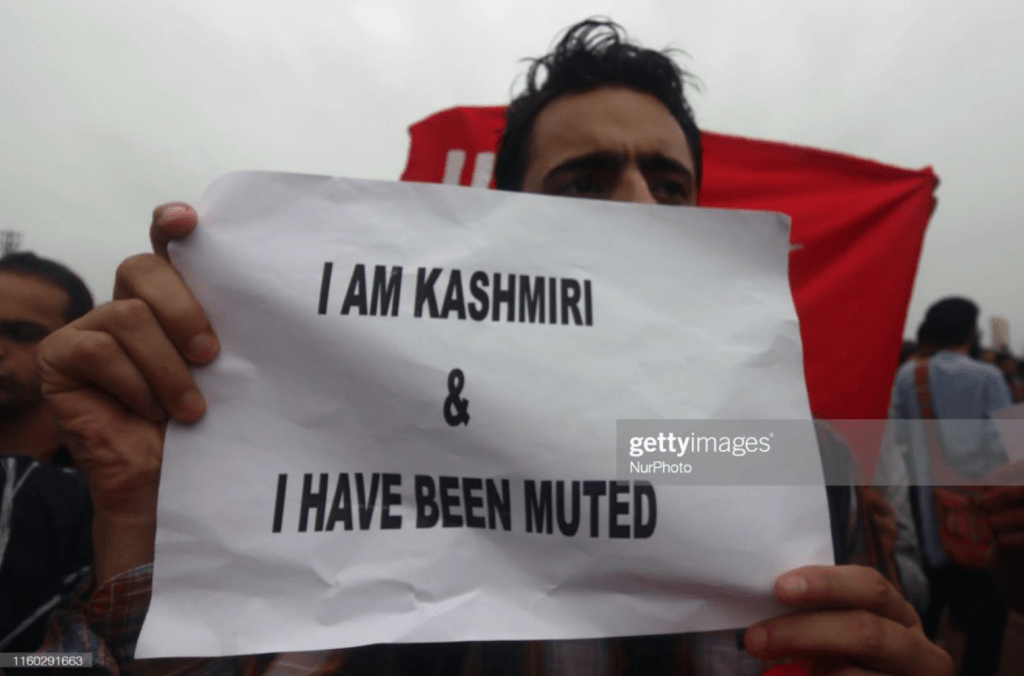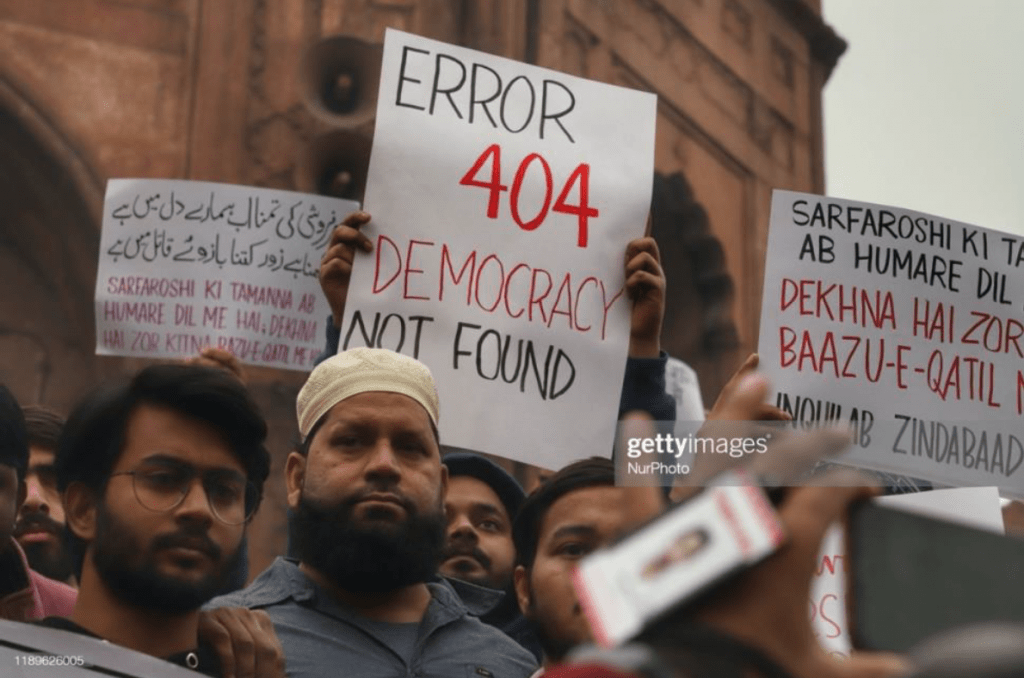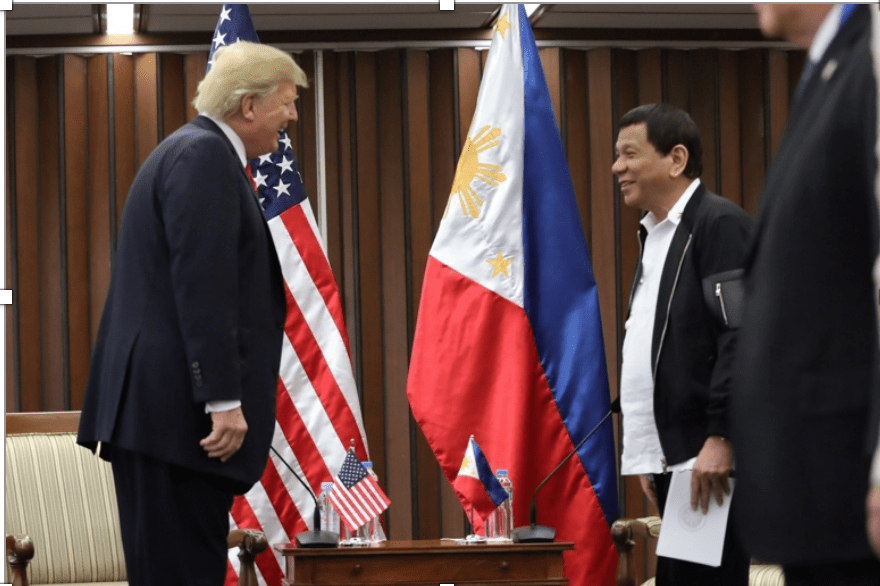By Izzy Angeli, MA Media and Strategic Communication ’23
Historical Context
China considers Tokyo’s Yasukuni Shrine—which honors 2.5 million war deaths, including convicted war criminals—as a symbol of Japan’s wartime militarism. The shrine was founded in 1869 by Emperor Meiji to commemorate Japanese people who lost their lives from the Boshin War (1868-1869) to the First Indochina War (1946-1954).
Beijing views visits by Japanese ministers and lawmakers to the Tokyo shrine as symbolic of a lack of remorse over Japan’s wartime aggression. China and South Korea, which Japan colonized from 1910-1945, regularly protest such visits. China has also called the shrine an expression of shameless nationalism and revisionism.
Just one example of this is when former Prime Minister Koizumi visited the shrine for the fifth time since taking office in 2005 just days before then Japan’s Foreign Minister Nobutaka Machimura was scheduled to visit Beijing to strengthen Sino-Japanese relations. In response, the PRC canceled the visit.
This reaction would also explain why no Japanese prime minister has visited the shrine since December of 2013 when then-Prime Minister Shinzo Abe sparked diplomatic outrage. The Chinese government issued a statement accusing Japan of whitewashing its history of aggression, imperialism, and undermining regional stability. South Korea’s then-President Park Geun-hye had a similar reaction, calling the visit an “anachronistic act.”
Current State of Affairs
Abe’s successor, Prime Minister Fumio Kishida, has not visited the shrine and does not plan to, for good reason. He did, however, send a ritual offering in the form of a tree-like ornament called “masakaki,” which is said to represent valor, wisdom, and benevolence. Kishida did this once before, when he was foreign minister in 2021, and invoked just as strong of a reaction as Abe’s 2013 visit did. China released a statement expressing opposition and indignation.

Clearly, the shrine itself is a sensitive issue among Japan’s neighbors that extends far beyond visits. This is shown by China having the same reaction to Kishida sending an offering to the shrine as if he actually visited. Both sides typically advocate for regional stability and cooperation, but incidents surrounding the shrine are so inflammatory that these peacekeeping narratives are often overshadowed by ones rooted in China’s simultaneous superpower and victimhood. There are three main narratives that Japan needs to consider when discussing or making decisions about the shrine:
Master / Identity Narratives: narratives that are rooted in a nation’s history and self-identifying characteristics
System Narratives: narratives that describe a nation’s standing in the rest of the world
Issue Narratives: narratives that are in reference to current events in nation(s)
China’s Narratives
| Master & Identity Narratives | System Narratives | Issue Narratives |
| Superpower Confucian values Victimized Modernizing power Anti-Western | The world is at the mercy of autocracies Harmonious relations with neighbors | Visits to shrine: a. Disrespectful to Chinese historical greatness b. Threatens harmony and stability in Asia c. Japan is not sorry for victimizing China d. Honoring China’s victimization undermines modernizing power Japan is becoming more like its Western allies |
As Miskimmon et al stated, “Superpowers are not just those states with the most military might or economic dominance. They are also those states that are able to construct and disseminate strategic narratives that shape perceptions of reality and legitimize their actions” (Miskimmon et al, 2013, p.102). As such, the world is made up of autocracies and democracies but to China, the world is at the mercy of autocracies. Because of the shrine’s honoring of the people who brutalized millions of Chinese soldiers, this undermines and disrespects China’s historical greatness.
China has historical ties to Confucianism and it is deeply ingrained in Chinese life through government, education, social order, and ethics. It teaches harmonious relations with neighboring nations and cooperation. Japan taking such an inflammatory measure of praising the shrine threatens the stability and harmony in East Asia.
As great as China sees itself being, it also adopts the identity of victimhood. This shows up in many ways, the Opium Wars, Japanese invasion, and the Western powers’ colonization of Hong Kong and Macao. Therefore, honoring these dominations by foreign powers shows that the opposing nations are not sorry for the pain they’ve caused.
Despite Western colonization, China likes to boast its modernizing power when compared to Western nations. Glorifying the persecution of China is inherently undermining its modernizing power. Japan does rely on a lot of Chinese trade for certain imports. In that sense, China views Japan as becoming more like its Western allies— becoming arrogant about their economic and modernizing influence.
Whether it be through a speech at a bilateral meeting or simply by not engaging with the shrine, Japan should play into each and every one of these narratives.
The opinions expressed in this blog are those of the author. They do not express the views of the Institute for Public Diplomacy and Global Communication or the George Washington University.















